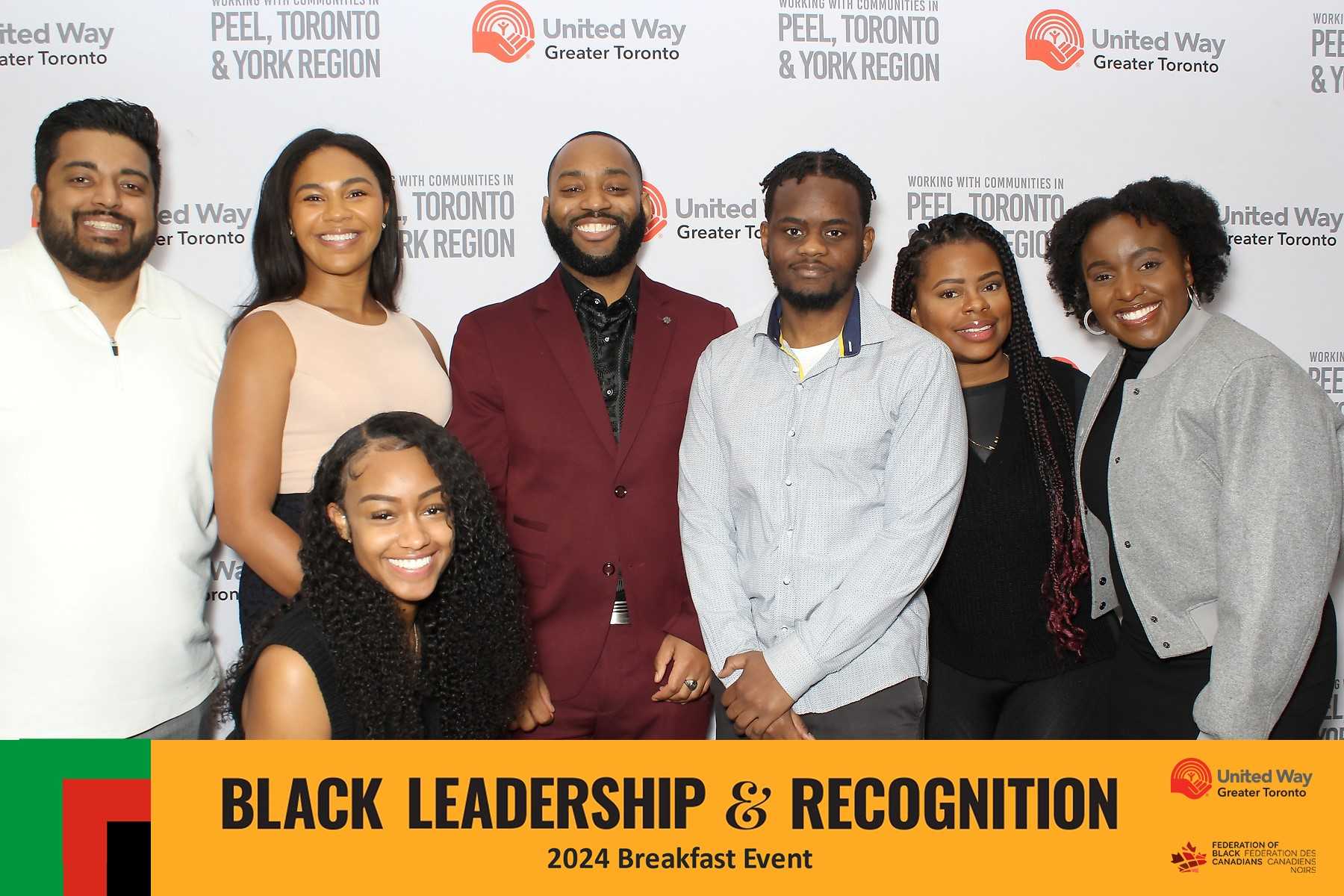BY PAUL JUNOR
It was an empowering, enriching, and exciting day at the Black Leadership and Recognition Event hosted by the Black Community Advisory Council (BCAC) of United Way of Greater Toronto, and the Federation of Black Canadians (FBC) on Friday February 2nd, 2024, to kick off Black History Month 2024.
This inspiring and exciting event was held at the Four Points by Sheraton Toronto Airport Hotel under the theme, “Beyond the Decade: Empowering the Next Generation.” The 2024 breakfast recognized community, youth and business leaders from the Black community within the Greater Toronto Area (GTA).
Dwight Grant (stage name is Mellow Dee) musically greeted the guests upon arrival. The host of the breakfast was the esteemed: arts advocate, actor, and entertainer Fem Lawson. He recognized the distinguished guests and elected officials from around the GTA who were in attendance.
Lisa Gonsalves, the first Black person to be elected Chair of the UWGTA in 2013 highlighted the importance of reconciliation and actions that focus on addressing: structural barriers, systemic racism and the inequities BIPOC face.
Alex Dow (Director of Community Initiatives and Partnerships at the UWGTA) addressed the guests. He talked about crucial issues that affect the Black community, particularly about the Black Resilience Cluster and concerns related to identified issues. Alex highlighted the leadership role that Linden King played as former chair of the BCAC and presented him with an award.
Bee Quammie, renowned: writer, radio host and TV personality gave the keynote address. Three community awards were given to:
Youth Leadership Award – Stephen Mensah
He serves as Executive Director of the Toronto Youth Cabinet where he spearheads several initiatives such as: tackling period poverty, addressing educational inequities in the public education system, promoting compulsory mental health literacy in the curriculum and training for key stakeholders.
Community Leadership Award – Aretha McCarthy
She won for demonstrating outstanding civic leadership through a commitment to addressing barriers affecting equity groups, communities and people with disabilities.
Leadership in Business Award – Kamelah Blair
She is the founder of the non-profit organization COJ BOOKZ. She demonstrated significant contribution towards the literary world, and her advocacy work in therapeutic writing to empower and improve the social well-being of the Black community.
The breakfast culminated with a panel discussion that focused on the achievements of the Black community over the past decade, in the areas of business, health, climate change, and technology. It was to celebrate how this progress is leading the next generation towards creating more equitable communities.
The title of the discussion was, “Beyond the Decade: Empowering the Next Generation.” It was moderated by Len Carby (Senior Wealth consultant at IG Wealth) and the panelists included:
- Denise Campbell, Executive Director, Social Development, Finance and Administration Division (SDFA) of the City of Toronto
- Faith Edem, Economic Advisor, Environment and Climate Change Canada
- Paul Bailey, Executive Director of the Black Health Alliance
The panel discussed how to support Black youth in school and strategies to encourage them to pursue careers in tech.
Daniele Zanotti, President and CEO states, “Today’s event holds particular significance marking the culmination of the International Decade for People of African Descent-equal parts a celebration and a reflection. As we look at the inequities facing the Black community, we recommit to our work with Black and other equity-deserving groups to help remove systemic barriers and improve social conditions.”

